Horses must be well fed before they can perform at their best. Correct feeding is both a science and art: science knows what to feed to satisfy the horse’s requirement, and the art is in knowing how to feed to get the best result. A well-balanced horse feed should provide the nutrient requirements required for body maintenance, growth, gestation, lactation, and work.
Most Common Horse Feed Ingredients
Horse feed is mainly in two categories, i.e., concentrated feed and roughage. Horse feed must be balanced with protein, carbohydrate, fat, vitamins, and minerals. The feed must be as bulk as fill the stomach of the horse. The horse feed may be supplemented with few unique ingredients like specific vitamin-minerals supplements, hoof care, growth promoter, or immunity builder, as suggested by an equine nutritionist. The most common feed ingredients and items are briefly discussed below.
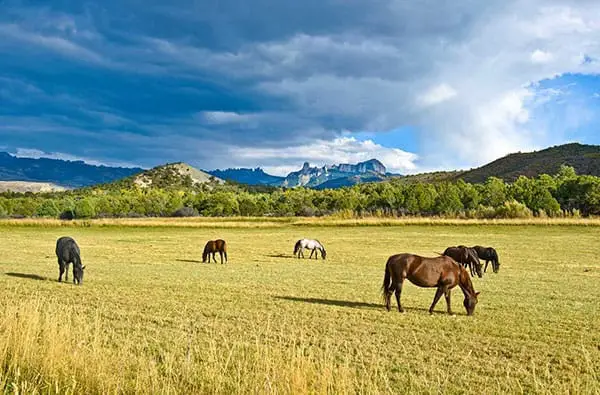
1. Oats
Oats are the most popular grains for horses. They are very palatable and are also the grain least likely to cause digestive upsets. Oats should be brightly colored and free from dust. Small oats must be cracked, and big ones can be fed whole to horses other than foal or very old horses. Although crushing the oats will improve the availability of nutrients. Freshly harvested oats can cause digestive upsets, to store them for 6-12 months before feeding.
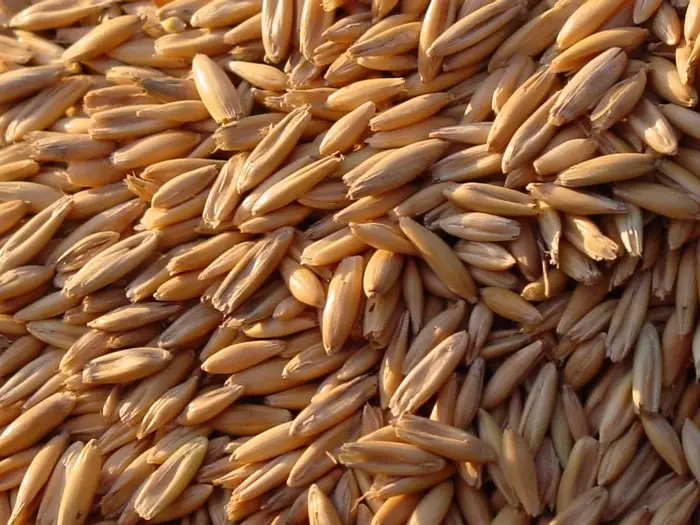
Like all grains, oats are low in calcium, but they have a reasonably high phosphorus level. They are a common source of vitamins A and B. The quality of protein they contain is not good because they are deficient few essential amino acids. They do not contain as much energy as maize, rice, wheat, barley, or sorghum.
2. Maize or Corn
Maize is becoming more popular as a concentrate feed for horses. It has the highest energy level of all the grains. Be careful when buying cracked maize as it is susceptible to damage caused by moisture. Cracked maize with a musty odor is likely to deteriorate very quickly. Do not store any cracked maize for more than three weeks as this increases its chance of absorbing moisture.
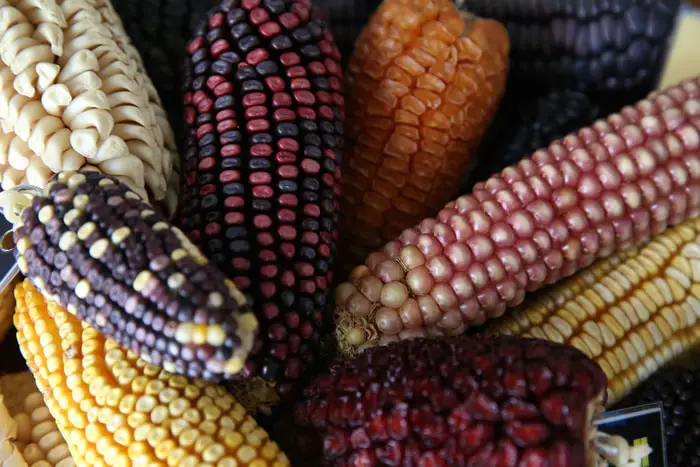
Maize supplies good quality vitamin A. The more yellow maize has a more significant content of vitamins E and B (thiamin, riboflavin, and niacin). It is, however, deficient in some amino acids and has poor protein quality. It is very low in fiber and is thus a very concentrated feed. Do not feed a large amount of maize to horses as it can cause digestive upsets, and the cut is out of feeds on rest days. Don’t swap a dipper of oats for a dipper of maize unless you want to increase the ration’s energy content substantially.
3. Horse Feed: Barley
Barley is not as appetizing as oats or maize. It is low in fiber and can cause digestive upsets if it is not mixed with roughage. It is shard grain and should be rolled or boiled before feeding. It has a similar protein value to oats and contains a lot of niacin.
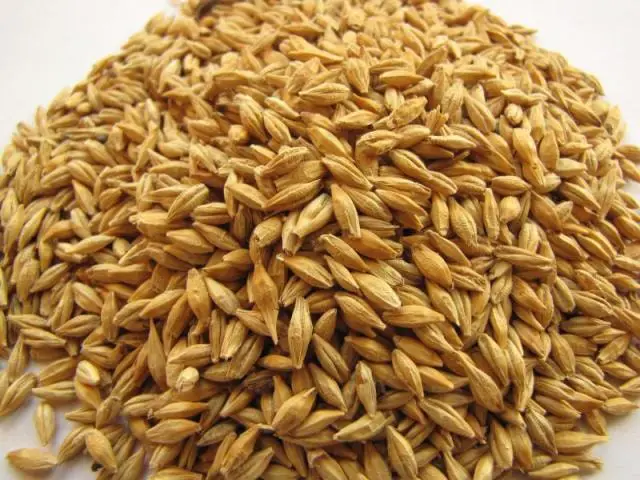
4. Wheat
Wheat is not commonly fed to horses as it can cause digestive disorders and laminitis. It can be used as a high-energy feed if it is cracked or soaked and introduced gradually. It is high in vitamin E but low in B vitamins and essential amino acids. Bran and pollard bi-products of flour production are generally fed to horses.
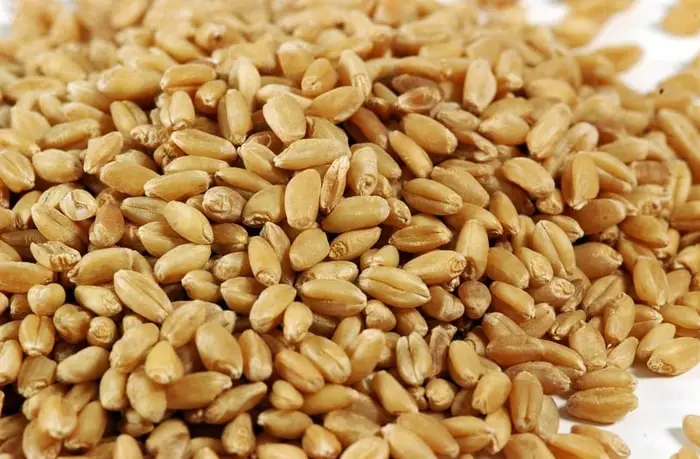
5. Mixed Feed
This feed contains a mixture of grains, protein supplements, chaff, minerals, vitamins, and molasses, providing a balanced feed. They are convenient but can be more expensive per unit of energy or protein. Bag labeling does not specify energy levels, and this can be variable.
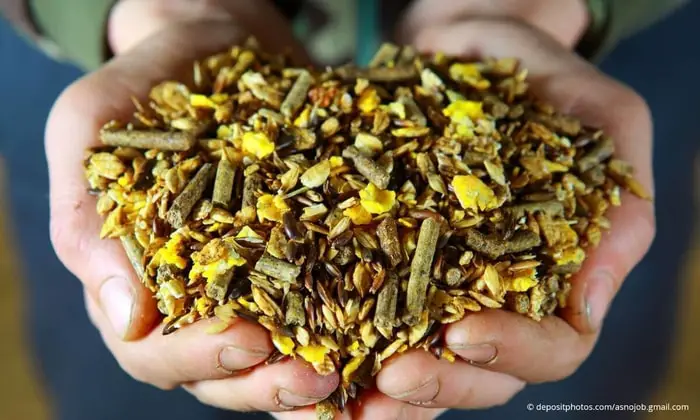
6. Horse Feed: Pellets
Pellets are a simple feeding method that reduces wastage and time spent mixing feeds. They incorporate all protein, minerals, and vitamin supplements for a balanced ration and are designed to be fed with hay or chaff. Some pellets can crumble and be dusty, and you must be careful that they have sufficient fiber if fed without roughage.
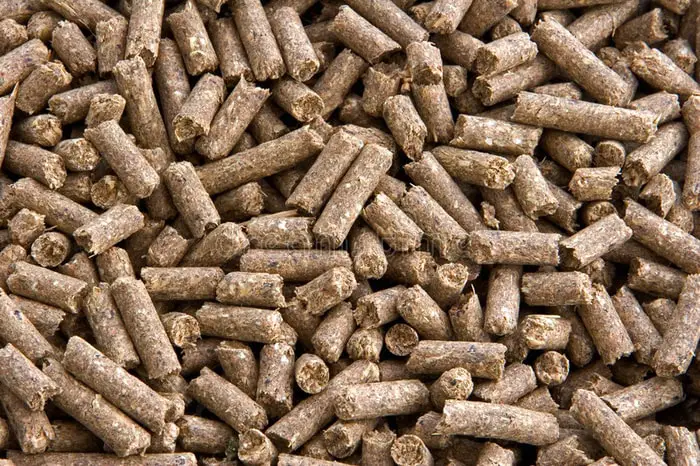
7. Wheat Bran
Bran, a by-product of flour product, is mainly made up of the wheat grain’s outer covering. It doesn’t contain as much energy as pollard but is suitable for feeding on rest days when the horse’s grain ration should be reduced. Bran is very palatable and contains a lot of phosphorus and vitamin B. It is not an essential horse feed. As with all ready feeds, bran should not have a musty odor, as this indicates the presence of moisture.
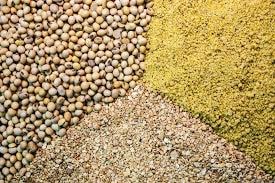
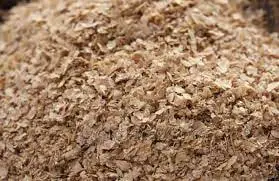
8. Pollard Horse Feed
Pollard is the residue of the inner kernel of wheat left after milling. It can form a lump inside a horse’s stomach and can cause digestive disorders if it is not fed damp with chaff. Pollard is often used for fattening horses, but grains will do this just as effectively.
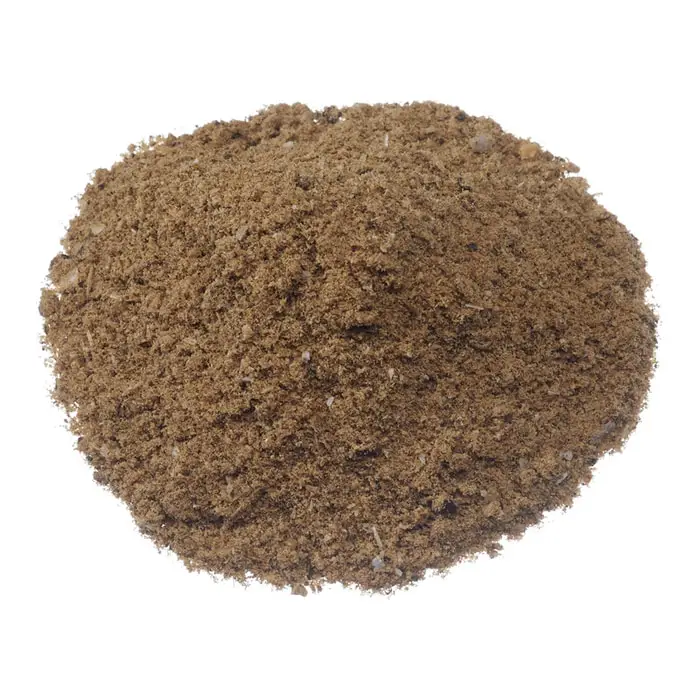
9. Sorghum
Sorghum is similar in feed value to maize, but it contains less vitamin A and E, and it is not as palatable. It is also low in fiber and can occasionally cause constipation when fed in large amounts. It can be fed with roughage.
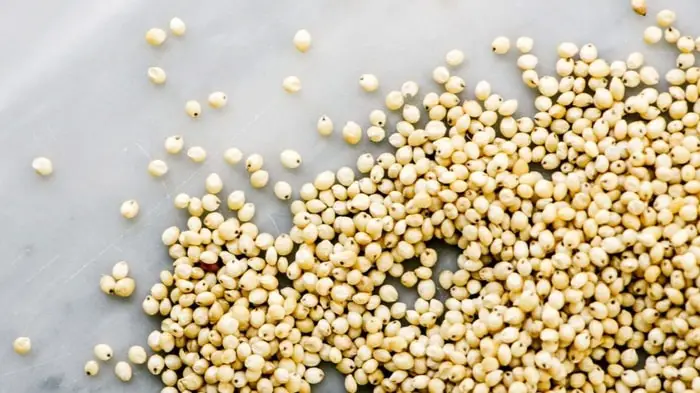
10. Soyabean Meal
Soybean provides energy but is mainly used to supply high-quality protein. It is an excellent source of the essential amino acids, including lysine, that is not available in grain or roughage. It is palatable, and the horse will eat up to 500 gms per day of this meal but is low in B complex vitamins and calcium.
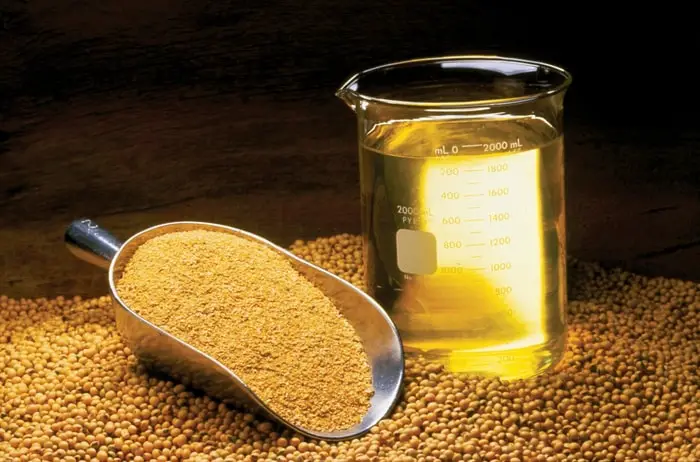
Soybean contains a substance that may inhibit the digestion of amino acids. This substance is destroyed by boiling the beans. It is also destroyed during soyabean meal production, so you should only use processed soya bean meals.
11. Cottonseed Meal
The quality of protein in cottonseed meal is not quite as good as that in soyabean meal. However, cottonseed meal contains more fiber. When buying a cottonseed meal, always ask whether the toxic compound gossypol has been removed from the meal during processing. However, gossypol will not be a problem if cottonseed meal makes up less than 10 percent of the feed. Cottonseed meal is low in lysine, an essential amino acid. It also contains a vitamin E antagonist, so do not mix it with vitamin E supplements. It is best to feed boiled.
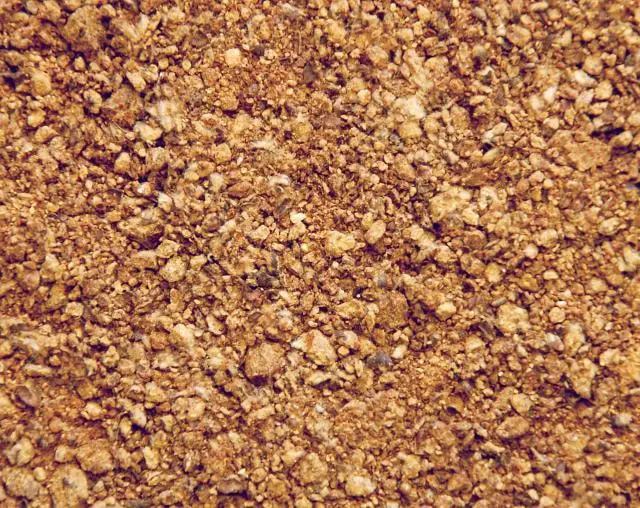
12. Sunflower Meal
These are palatable and are good conditioner but are low in most vitamins and several essential amino acids. Sunflower can also be fed as a meal and the seeds are often fed cracked or soaked.
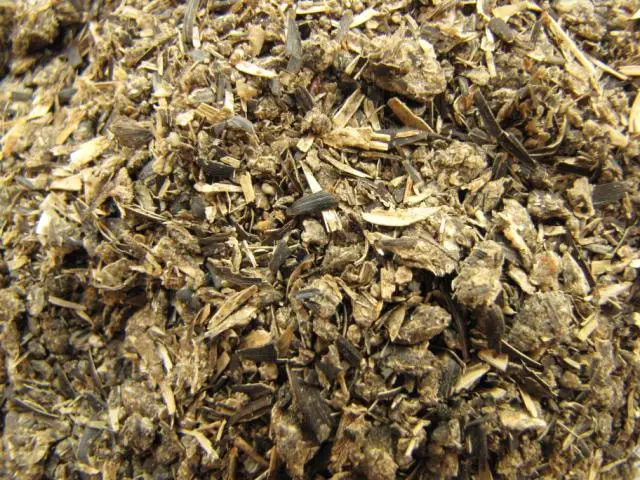
13. Linseed Meal
Linseed meal is a top-rated protein supplement for horses, yet it has the three meals’ poorest quality protein. The main reason for the popularity of linseed meal is its ability to produce a shine on a horse’s coat. The other protein meals produce a similar effect to a certain degree. Linseed does have high B vitamin levels.
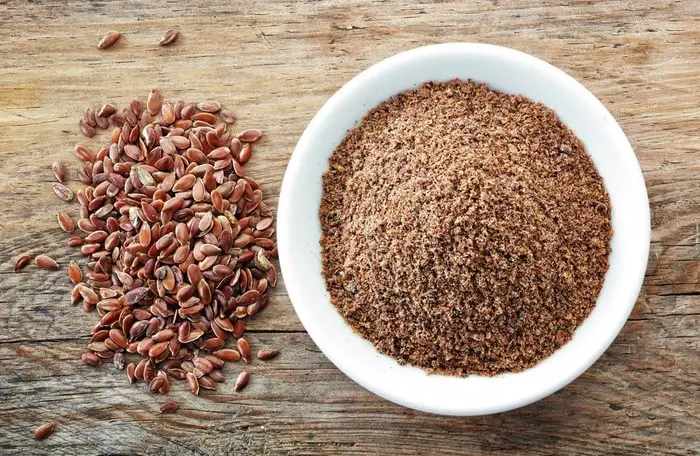
Linseed is traditionally fed boiled in mash form. The horse can be poisoned when the seeds are fed in large amounts without being boiled.
14. Milk Powder as Horse Feed
Milk powder is a high-quality protein supplement. Animal proteins such as milk powder generally have a better amino acid balance than vegetable meals. Milk powder is more palatable than vegetable meal.
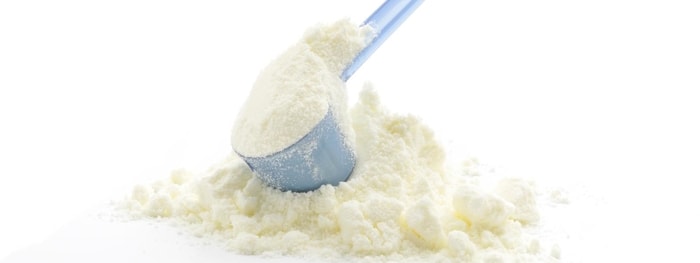
15. Horse Feed: Other Protein Sources
Other sources of protein are peas, beans, and lupins. These should be crusted, cracked, or soaked to increase digestibility. They supply protein of fair quality but are not as effective as the meals. Lupins are also a good energy source for performance horses.
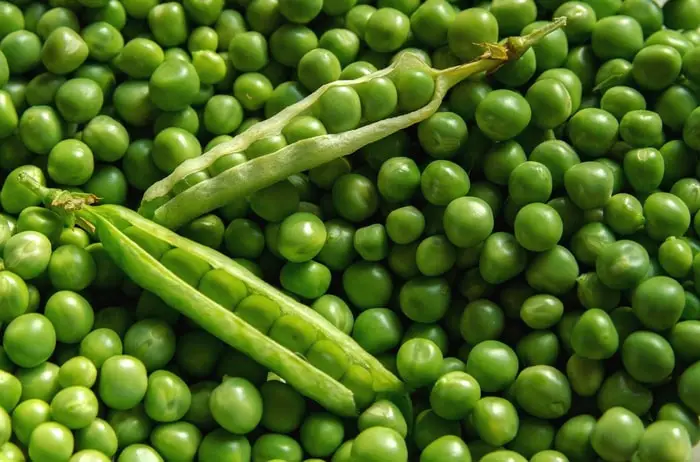
16. Horse Feed: Roughage
Hay and chaff are roughage. Chaff is chopped hay, so both feeds have a similar nutritional value. Chaff has an advantage over hay in that it can be readily mixed with other feeds, which prevents a horse from “bolting” its grain. However, it is more expensive than hay, and it is cheaper and easier to feed hay to most horses.
Hay has a lower nutritional value than the pasture from which it is made. However, a horse has to eat more of pasture than hay to get the same amount of nutrients because pasture contains so much water. The nutritional value of hay varies, so it is essential to check the quality hay is not weathered excessively, is leafy, and has minimal stems.
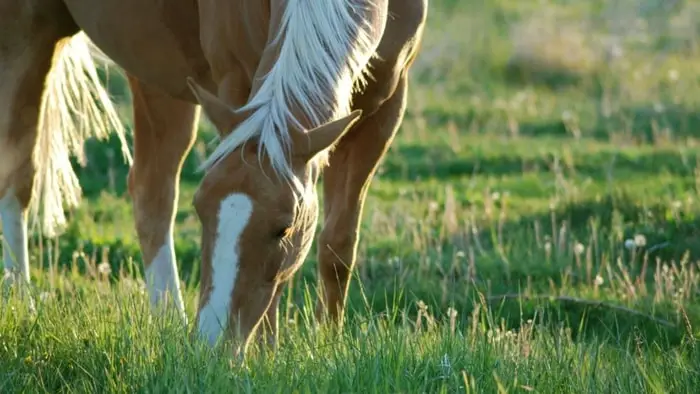
Good quality hay contains vitamin C, D, and E, although these are destroyed after prolonged storage. Hay with a solid green color is also an excellent source of vitamin A. However, vitamin A is readily destroyed when exposed to heat and light, so much of vitamin A is lost in the making of hay, mainly if the hay is left too long before baling. Vitamin A also lost when hay is stacked or stored.
Moldy Hay can cause botulism and may contain a substance that destroys vitamin K in the horse’s body. Any dust in the hay can be drawn into the horse’s lung and can cause respiratory problems. Dusty hay can be washed in water to remove the dust.
Compared with the concentrates, the roughages are low in energy and high in fiber. This fiber is not easily digested, and its primary purpose is to help the digestive tract’s normal function when the horse is being fed a lot of grain. The hay and chaff varieties are:
A. Lucerne Hay or Chaff
Lucerne hay of chaff is the most nutritious roughage available. It contains the highest amounts of energy and protein and contains more protein than any grain. This protein is of high quality. Lucerne hay or chaff is also exceptionally high in calcium. All the concentrates contain low amounts of calcium, so lucerne helps balance the diet if fed with them.
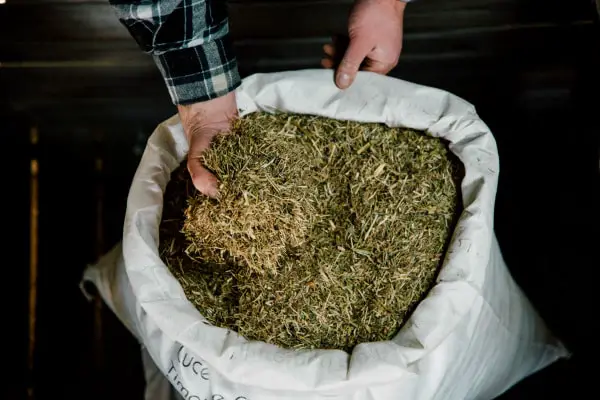
B. Wheaten and Oaten Hay and Chaff
Wheaten and oaten chaff and hay are similar in feed value. They do not have as much protein or calcium as lucerne but are just as appetizing. The energy value of these chaffs or hays on the amount of grain they contain. A good sample will have a higher energy value than lucerne. Like lucerne chaff, the significant advantage is that you can mix the chaff with grain to slow down concentrate intake.
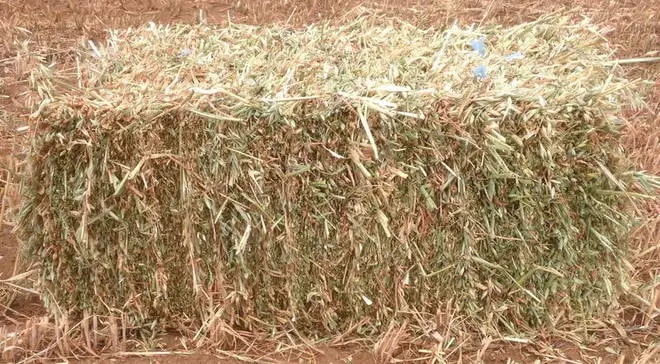
C. Pasture Hay
Pasture hay varies considerably in quality, particularly concerning such factors as the pasture species and cutting time. The more clover a pasture contains, the greater the nutritional value of the hay. The earlier the pasture cut, the higher it is level of protein, energy, and minerals. Good quality clover hay has a similar nutrient value to lucerne hay and is often much cheaper.
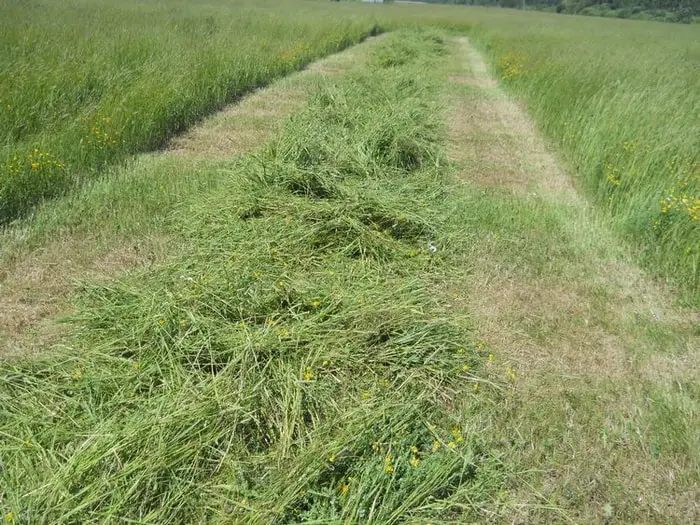
17. Other Horse Feed Ingredients
The other minor feed ingredients of the horse diet are:
A. Molasses
Molasses is a high-energy feed that is usually fed to improve palatability or incorporate powder supplements into what the horse is eating.
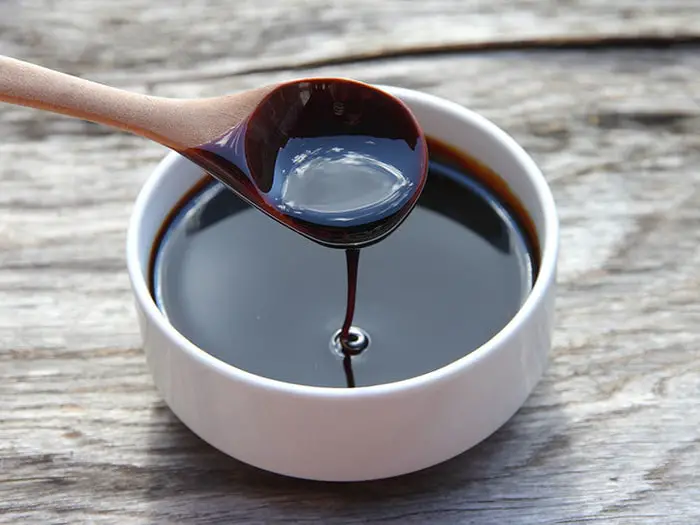
B. Salt
Salt is an essential part of every horse’s ration and is a vital supplement for the working horses. Salt can be added as coarse salt, rock salt, or iodized salt. Alternatively, a salt lick can be placed in the feed bin. Most electrolyte supplements are based on salt.

C. Wheat Germ
Wheat germ is a very good source of vitamin E.
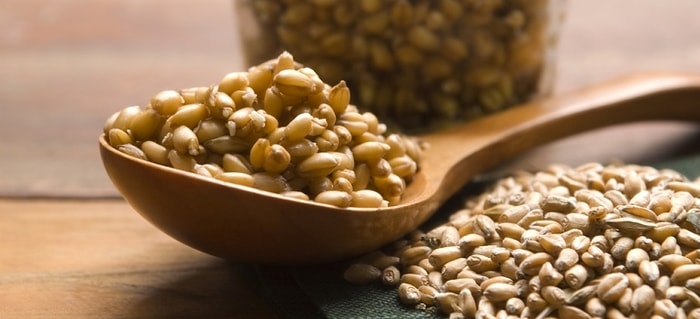
D. Brewers Yeast
Brewers yeast is an excellent source of vitamin B.
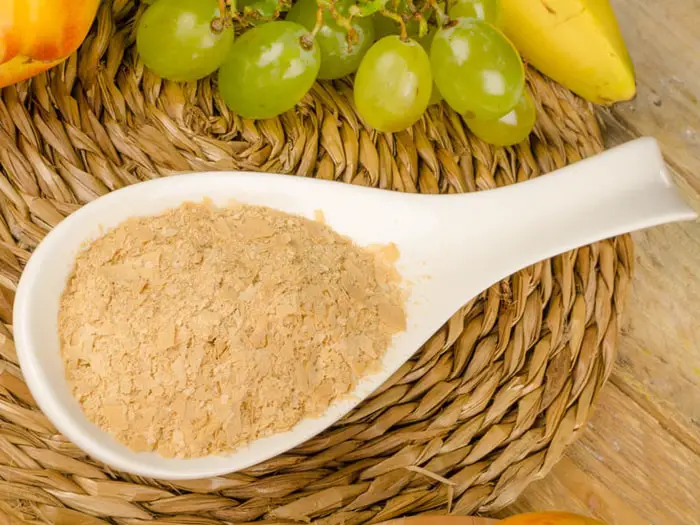
Final Advice on Horse Feed
The horse is a very passionate animal to owners. The horse gives you dividends in many ways like pleasure, comfort, pride, fitness, and a source of income. Horse management is more important than treatment. The management of horses mostly depends on the proper selection of feed ingredients. In my article, I have discusses the most common horse feed ingredient in a very brief.